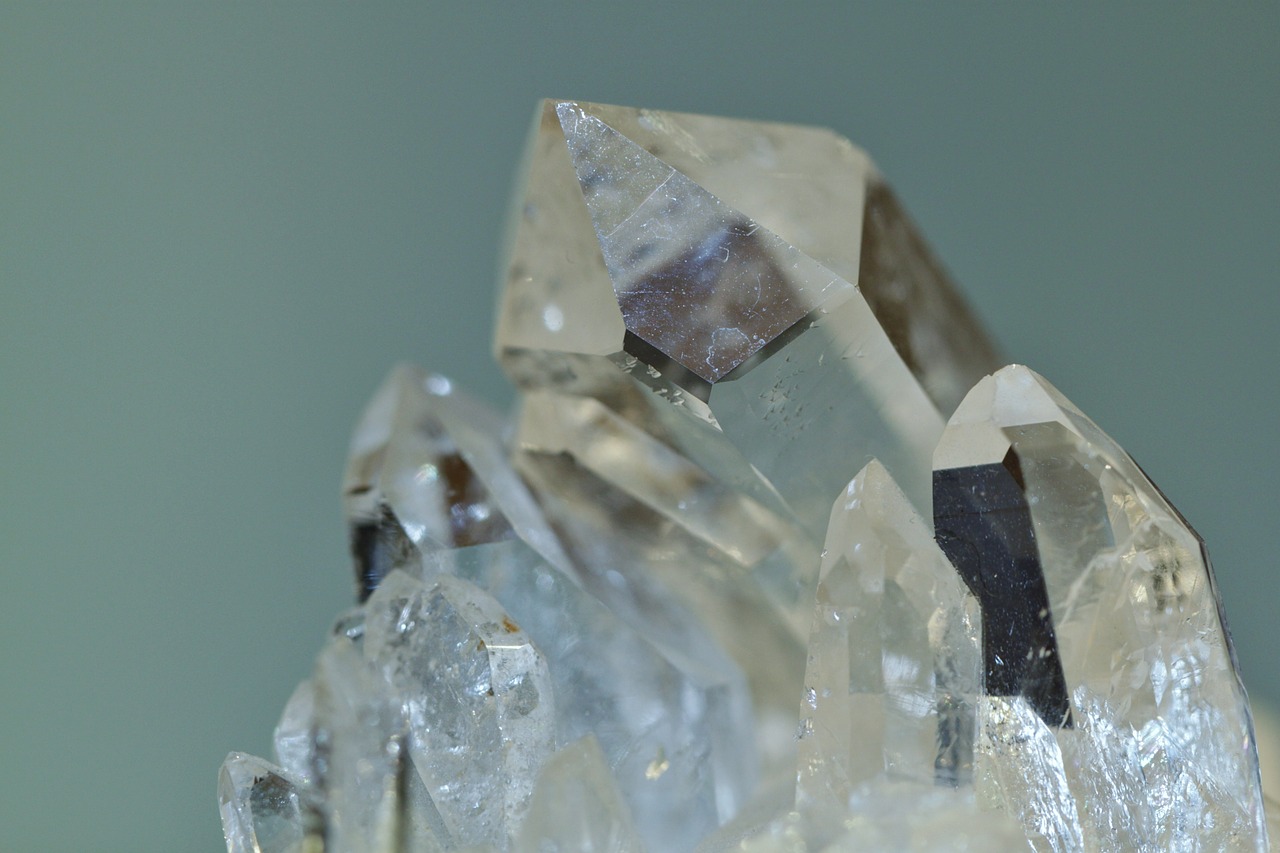
Crystal Coldness in Wroth’s P. to A.

The third from the final of Wroth’s crown of sonnets, F4, in Pamphilia to Amphilanthus contains imagery of, well, images—specifically the “lov’d Image of thy deepest face” (page 144, line 1). The speaker asks if this image “can … Soe miroir like present thee to my sight.” The sonnet (somewhat) answers, ending in the subjunctive tense, a “what if”—if this image is “butt a picture” then the poet asks the owner of “the deepest face” to “restore … the lyfe peece of my soule” was to turn the cold image (“chillnes”) into “heate,” to destroy “barrs” (what I assume to be barriers between P. and A.).
In sonnet F4, the “Cristalls coldnes” of the mirror is contrasted with the “warmth with sight.” The mirror imagery continues in the body of the sonnet, the middle two stanzas, with “the picture of true light,” “rich pourtraits,” “that relique,” as objects in stanza two, and actions taken upon or in spite of those objects’ cold, frozen, immovable state with the speaker nourishing it as “oyle to Lamps” and each look alluring a “wish of meeting joye.”
In this sonnet, then, Wroth moves from frozen images to the energetic life, or light, that fuels those images, by providing the image to mirror/reflect back as well as the light that is necessary to make those images viewable by the human eye.
Works Cited
Lady Mary Wroth, “Pamphilia to Amphilanthus,” P74-P103, F1-F6 (Poems of Lady Mary Wroth, pp. 125-145)

